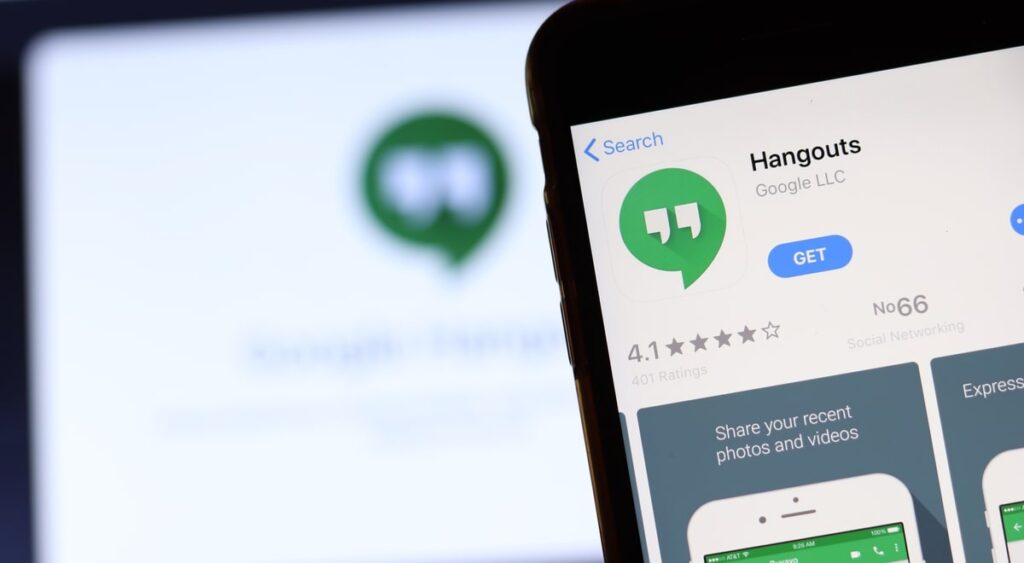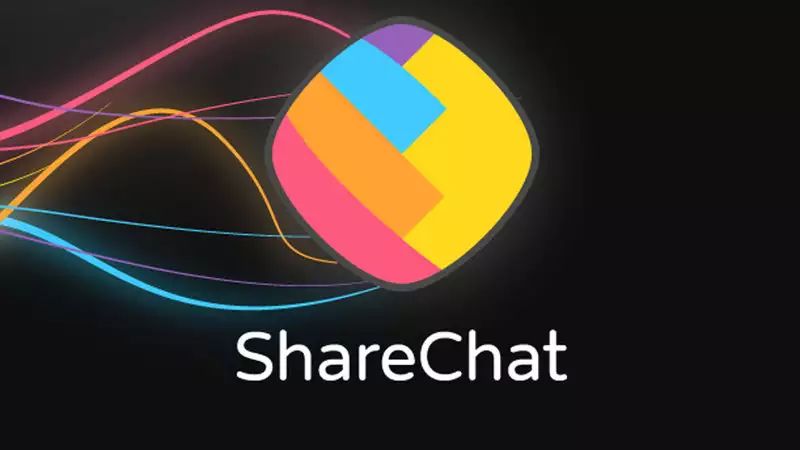Google Hangouts Is Shutting Down After Nearly 9 years.
Google Workspace users were transferred to the more modern “Google Chat” software in February, replacing the outdated “Hangouts” feature. Later this year, the company intends to completely phase out older Hangouts and transition all current users to Google Chat. Google indicated in a recent blog post that users of Hangouts on desktop and mobile devices will be encouraged to move to Google Chat before Hangouts is withdrawn in November 2022. Users will be able to export all of their Hangouts data before the platform is retired, and conversation data from the Hangouts platform will be instantly available on Google Chat. After nine years, Google is ending support for its multi-platform instant messaging service. The internet giant is urging users to transition to Google Chat, which will debut in October 2022. Hangouts Chrome extension users will also be invited to switch to Chat on the web or download the Chat web app. Chat in Gmail will also be available to users of Hangouts on Gmail’s web platform beginning next month.
Hangouts, which debuted in 2013, will be discontinued in November of this year, and Google wants users to download all of their data before that time. Although most users’ discussions will be automatically transferred from Hangouts to Chat, the firm nevertheless urges customers “who prefer to save a copy of their Hangouts data to utilize Google Takeout to retrieve their data when Hangouts is no longer available in November” to use Google Takeout.
“Starting today, people using Hangouts on mobile will see an in-app screen asking them to move to Chat in Gmail or the Chat app. Similarly, people who use the Hangouts Chrome extension will be asked to move to Chat on the web or install the Chat web app. In July, people who use Hangouts in Gmail on the web will be upgraded to Chat in Gmail,” according to a blog post by Google.
Source: techzimo.com
Hangouts users will continue to get in-product notifications for at least one month prior to the termination of Hangouts web. Following that, Google Chat web will begin automatically redirecting visitors from the Hangouts web.

According to Google, users of Hangouts in Gmail on the web will not be prompted to switch to Chat until July. Google said it will tell customers “At least one month” before moving the Hangouts website to Chat. It will remain available on the desktop site until November. If you still use Hangouts, Google should automatically migrate all of your current conversations to Chat. When Hangouts is formally retired in November, the firm had given the chance to download a copy of your data using its Takeout service.
Compared to Hangouts, Google Chat offers a number of new features, including side-by-side editing of Docs, Slides, and Sheets. Additionally, it has a location designated -for cooperation on specific topics called Spaces. Through chats, teams and groups may collaborate on documents, manage projects and files from a single spot, and share ideas.
Additionally, Google is advising users to download their data via Google Takeout, the company’s data exportation service, before Hangouts is discontinued in November. Google is also providing new features like direct calling, establishing in-line threads in Spaces (formerly known as Rooms), viewing and sharing multiple photos, and more to make things interesting and draw users.
“As we take this final step to bring remaining Hangouts users to Chat, we hope users will appreciate our continued investment in making Chat a powerful place to create and collaborate,” google mentioned in the blog.
Source: indiatoday.in

I am a second-year student pursuing Liberal Arts from Nmims. I am a painter, I love reading and have a great interest in cooking. I am also a trained kickboxer. I’ve always had a passion for writing and hence in my free time, I work as a freelance writer.



